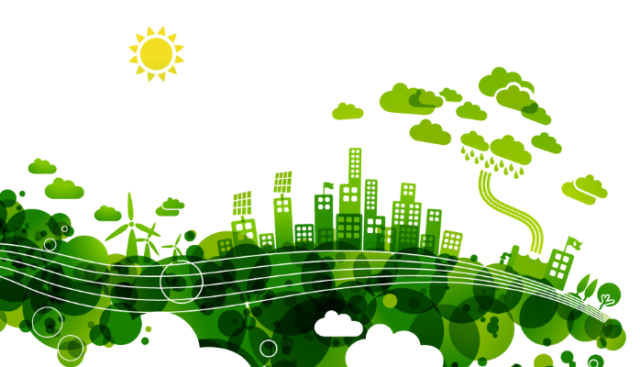India – a country with rich biodiversity, natural resources and a large population, has always been ambitious about its future. It is interesting to observe how the economy of our country has seen a rapid growth in the recent decades. The message is clear – many have been lifted out of poverty. But the question is, are we really happy with the pattern of growth?
Increase in the population, food insecurity, resource scarcity and similar issues are affecting the population, and especially the marginalized section at large. The growth pattern is not only inequitable but most importantly, unsustainable. The interaction between government, policymakers and citizen in our country leaves a wide gap which is somehow leading to policy failure. But our country could take some of the leading ‘Green Economies’ as good example. Our country could pave the way for reduced poverty, a boosted development, and high quality of life, all at the same time. The solution is – Green Growth.

According to the United Nations Environment Programme, 2011, green economy can be defined as, “one that results in improved human well-being and social equity, while significantly reducing environmental risks and ecological scarcities. It is low carbon, resource efficient and socially inclusive” So basically, a green economy is the solution for a better life minus environmental risks. It is about inclusive economic growth as well as upgraded environmental management.
There are possibly two chief reasons why India needs such a radical economic model. First, developing countries like India depend on consumption of natural resources for economic growth but that often leads to maladministration. Likewise, they are more dependent on developed economies and are susceptible to climate change. Also, they not only face economic, social and ecological threats but face risks from deaths due to pollution, and diseases due to climate change. Second, if developing countries like India continue to use traditional economic models, they will remain sources of greenhouse gases.
Certainly there are concerns, coming from the end of developing economies, related to the specifications of green growth. It has not necessarily been envisioned to tackle equity problems at national or global level. Also, most importantly, the affordability of the transition is beyond the reach of these countries as they fight hard to even meet the expense of basic technologies. Irrespective of prevailing issues, developing economies have boarded on certain opportunities that offer comparative advantage. Initiatives like carbon tax, natural resource management, energy saving technologies, sustainable development initiatives, etc. have paved the way. India could take some of these as examples, like follow Ethiopia’s development plans. Because if green growth policies are designed effectively, we get to witness – equitable and increased GDP with an efficient use of natural resources, economic risks managed well, generation of different type of capital, innovation and access guaranteed, social evils under control, etc.
Governments have a pivotal role in putting the plans in place. Along with a collaborative system, with policymakers, decision-makers and even the public, this could be a bold measure but can definitely set the course for a radical transition.































